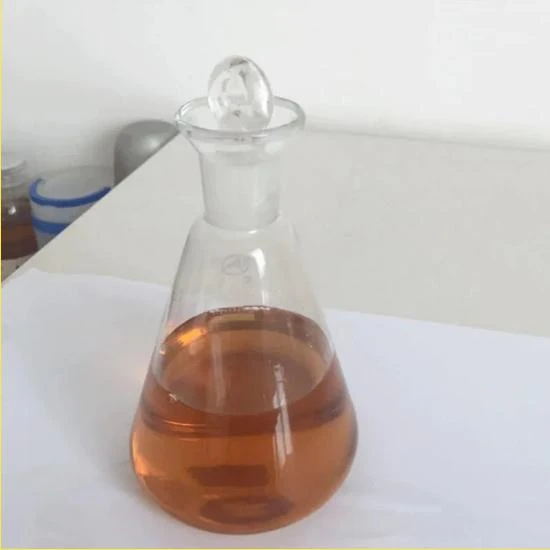
emulsifier e476
Understanding Emulsifier E476 Characteristics, Uses, and Safety
Emulsifiers play a crucial role in the food industry, ensuring that mixtures of oil and water remain stable. Among these emulsifiers is E476, also known as Polyglycerol Polyricinoleate (PGPR). E476 is derived from castor oil and glycerol, making it a multifunctional ingredient that offers various benefits in food processing. In this article, we will delve into the characteristics, uses, and safety profile of E476.
Characteristics of E476
E476 is a semi-synthetic emulsifier widely recognized for its ability to improve the texture and mouthfeel of food products. It is particularly effective in stabilizing emulsions and foams, making it valuable in both food and non-food applications. By reducing surface tension between liquids, E476 allows for a uniform distribution of ingredients, ensuring that oil and water-based components do not separate.
E476 possesses excellent heat stability, making it suitable for various processing methods, including baking and frying. Its ability to function effectively at high temperatures ensures that the desired texture and structure of food products are maintained without compromising quality.
Applications of E476
The use of E476 spans a wide range of food products, particularly in the confectionery and dairy industries. One of the most common applications is in chocolate and coating formulations. E476 improves flow characteristics, allowing manufacturers to create smooth, glossy finishes and enhancing the overall visual appeal of chocolate products. It also aids in preventing fat bloom—a condition that occurs when cocoa butter separates from chocolate and forms a white surface.
emulsifier e476

In addition to confectionery, E476 is widely employed in bakery products. Its emulsifying properties contribute to improved dough stability, allowing for better gas retention during fermentation. This results in a finer crumb structure and improved volume in baked goods, such as bread and cakes.
E476 is also used in salad dressings, margarine, and spreads, where it helps maintain a consistent texture and prevents separation. Furthermore, its application extends beyond food; it is utilized in cosmetics and pharmaceuticals, where it serves as an emulsifying agent in creams and lotions.
Safety Profile of E476
When it comes to food additives, safety is a primary concern for consumers and regulatory agencies alike. E476 has been evaluated by several food safety authorities, including the European Food Safety Authority (EFSA) and the Food and Drug Administration (FDA) in the United States. These evaluations have deemed E476 to be safe for consumption within established limits.
The acceptable daily intake (ADI) for E476 has not been specified, but studies suggest that it poses minimal health risks when consumed as part of a balanced diet. However, some individuals may have sensitivities to certain emulsifiers, which might lead to gastrointestinal discomfort. It is always recommended for consumers to check labels and be aware of their individual dietary needs.
Conclusion
In summary, E476 (Polyglycerol Polyricinoleate) serves as a versatile emulsifier that plays a significant role in various food applications. Its ability to stabilize emulsions and improve texture makes it a popular choice for manufacturers, particularly in the confectionery and bakery sectors. With a well-established safety profile, E476 is considered safe for consumption, contributing to the quality and enjoyment of a wide array of food products. As with all food additives, understanding their role and function can help consumers make informed choices about their diet and health.
-
Pure Sodium Dichloroisocyanurate Dihydrate | Powerful DisinfectantNewsAug.29,2025
-
Industrial Chemicals: Quality & Purity for Every IndustryNewsAug.28,2025
-
Nitrile Rubber Honoring Strict Production StandardsNewsAug.22,2025
-
Aspartame Ingredients Honoring Food Safety ValuesNewsAug.22,2025
-
Fertilizer for Balanced Plant NutritionNewsAug.22,2025
-
Cyanide Gold Processing with High Purity AdditivesNewsAug.22,2025
-
Formic Acid in Textile Dyeing ApplicationsNewsAug.22,2025
Hebei Tenger Chemical Technology Co., Ltd. focuses on the chemical industry and is committed to the export service of chemical raw materials.
-

view more DiethanolisopropanolamineIn the ever-growing field of chemical solutions, diethanolisopropanolamine (DEIPA) stands out as a versatile and important compound. Due to its unique chemical structure and properties, DEIPA is of interest to various industries including construction, personal care, and agriculture. -

view more TriisopropanolamineTriisopropanolamine (TIPA) alkanol amine substance, is a kind of alcohol amine compound with amino and alcohol hydroxyl, and because of its molecules contains both amino and hydroxyl. -

view more Tetramethyl Thiuram DisulfideTetramethyl thiuram disulfide, also known as TMTD, is a white to light-yellow powder with a distinct sulfur-like odor. It is soluble in organic solvents such as benzene, acetone, and ethyl acetate, making it highly versatile for use in different formulations. TMTD is known for its excellent vulcanization acceleration properties, which makes it a key ingredient in the production of rubber products. Additionally, it acts as an effective fungicide and bactericide, making it valuable in agricultural applications. Its high purity and stability ensure consistent performance, making it a preferred choice for manufacturers across various industries.





